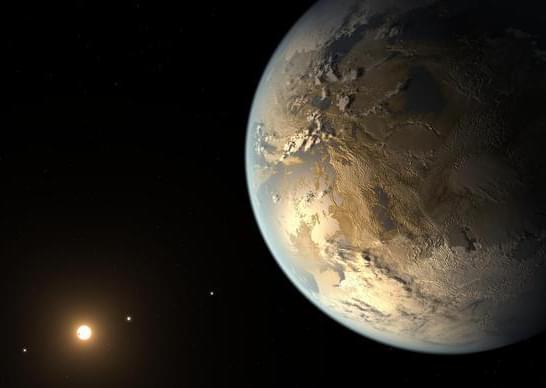Here’s how we might potentially detect technological signals from extraterrestrial civilizations.


Tissue from other organs, such as rat hearts and livers, has also been successfully cryopreserved and revived before. Whether this could eventually translate to putting an entire organ—or even an entire organism—in a state of suspended animation requires future research. Some animals produce their own cryoprotectants as they transition to a state of torpor to avoid harsh winters. This is something else scientists could learn from in the pursuit of artificial suspended animation. Alien and Foundation are onto something. Putting humans into a state of suspended animation during spaceflight would drastically reduce the risk of tissue damage caused by microgravity and extreme radiation. No one is trekking to Mars—at least not yet—so we still have time. But even just the thought is no less tantalizing.

The first metal 3D-printed part ever manufactured in orbit has returned to Earth.
Produced using ESA’s Metal 3D Printer aboard the International Space Station.
The International Space Station (ISS) is a habitable artificial satellite that orbits Earth, serving as a space environment research laboratory where scientific research is conducted across multiple fields, including astrobiology, astronomy, and meteorology. Launched in 1998, the ISS is a joint project involving space agencies from the United States, Russia, Japan, Europe, and Canada. It functions both as a testament to international cooperation in space exploration and as a platform for extensive scientific experiments conducted in the unique conditions of space.
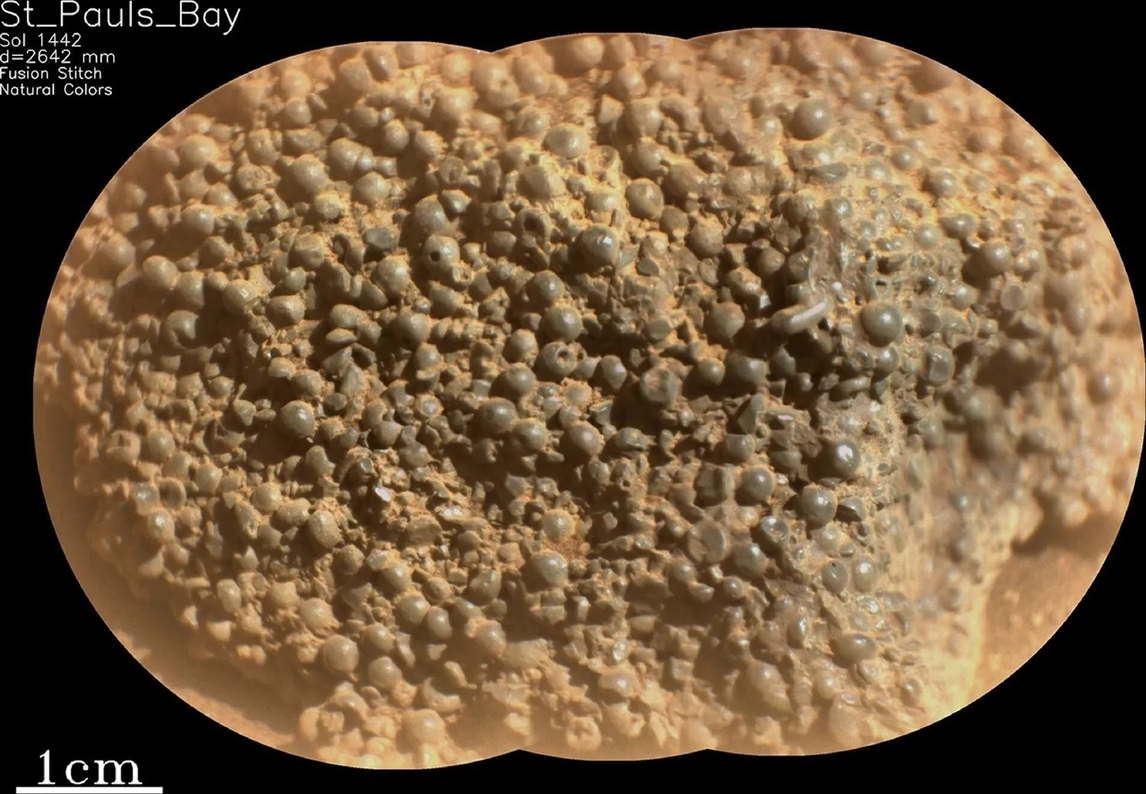
Scientists are left baffled after NASA’s Perseverance rover discovered a bizarre rock on Mars.
The captured images show hundreds of millimetre-sized marbles packed together in an alien-like mass.
Unlike anything ever seen before, the marbles strikingly stand out in the rusty red dust that covers the Martian surface.
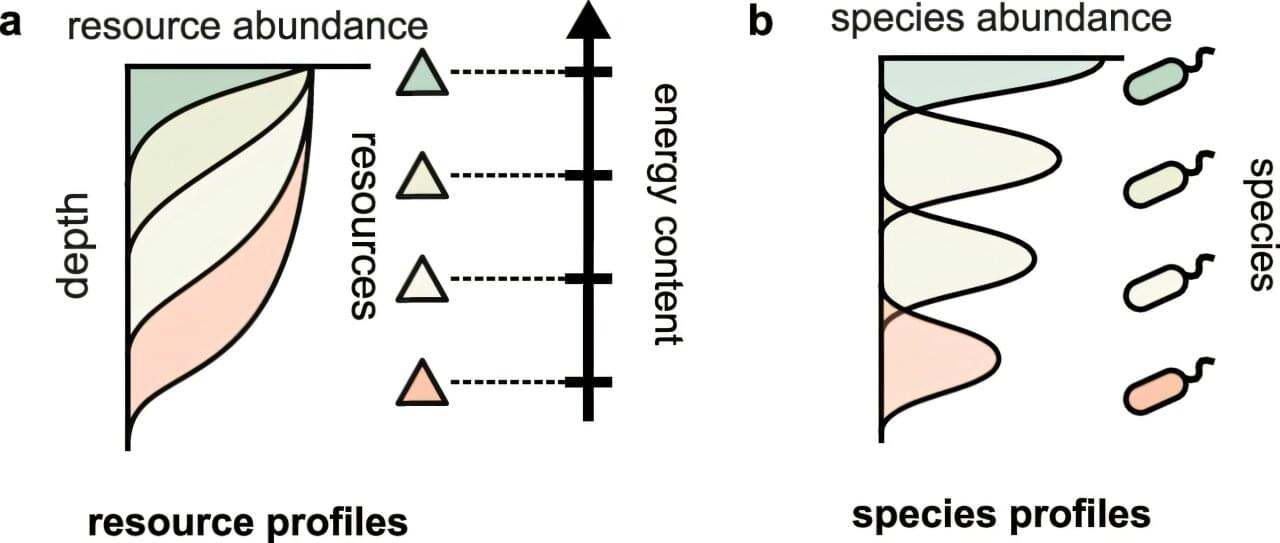
Are we alone in the universe? The answer to one of humanity’s biggest questions is complicated by a basic reality: If there is life on other worlds, it may not look familiar. A sample of rocks from Mars or another planet almost certainly won’t have recognizable fossils or another similarly obvious sign of living organisms, said Mikhail Tikhonov, an assistant professor of physics in Arts & Sciences at Washington University in St. Louis who studies microbial communities.
But just because we might not recognize signs of life on a distant moon or planet doesn’t mean it’s actually lifeless. “There could be life forms out there that defy our imagination,” Tikhonov said.
Searching for life that we don’t understand may seem like an impossible mission. In a paper published in Nature Communications, Tikhonov and co-author Akshit Goyal of the International Centre for Theoretical Science in Bengaluru, India, propose a new idea. Instead of looking for particular molecules or compounds associated with life as we know it, scientists can look for telltale patterns of energy.
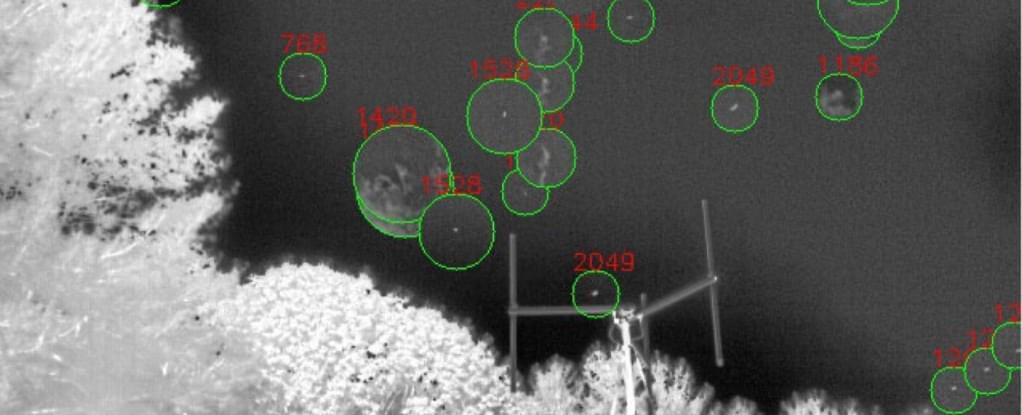
In 2021, the Office of the Director of National Intelligence (ODNI) released a report detailing recently declassified information on Unidentified Aerial Phenomena (UAP).
Since then, the Department of Defense has released annual reports on UAP through the All-domain Anomaly Resolution Office (AARO). Nevertheless, there is still a lack of publicly available scientific data.
To address this, a new study led by the Harvard-Smithsonian Center for Astrophysics (CfA) and the Galileo Project proposes an All-Sky Infrared Camera (Dalek) to search for potential indications of extraterrestrial spacecraft.

Alyssa Carson, otherwise known by her call sign ‘NASA Blueberry’, is not only one of the youngest faces in the space agency but also one of the leading figures when it comes to exploration of Mars — and that could lead her to be the first person to ever set foot on the planet.
She’s currently 24 years old but her dreams first began at age 3, when she saw a cartoon that sparked her brain to begin dreaming of space travel.
As revealed by ShareAmerica, Carson has undergone a number countless training sessions and preparations for becoming an astronaut, and is currently studying a PhD in astrobiology which would be invaluable during a hypothetical trip to Mars.
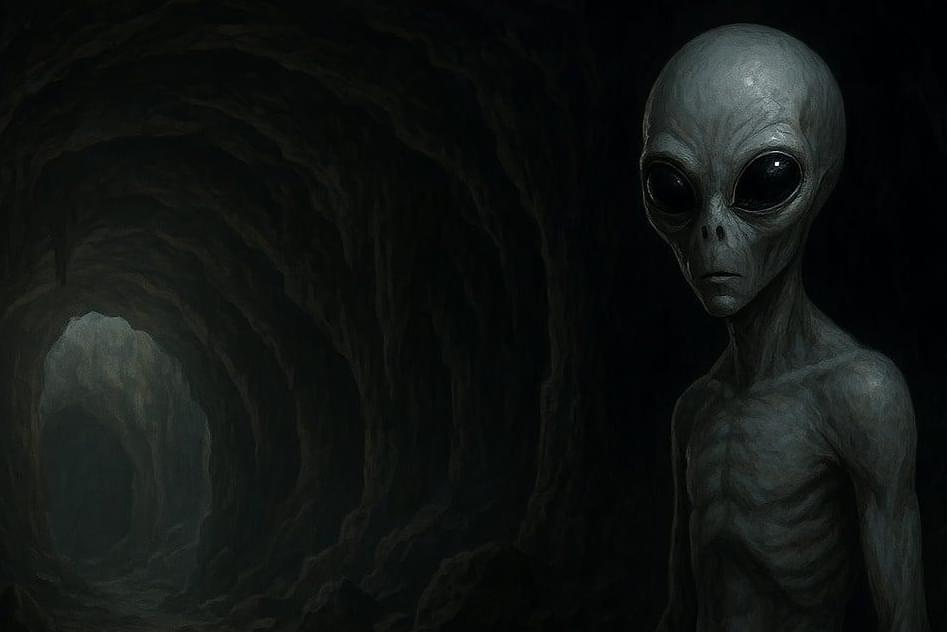
Reports of extraterrestrial beings, particularly the iconic “grey aliens,” have permeated modern folklore and ufology since the mid-20th century. These beings — typically described as small-statured humanoids with large, black almond-shaped eyes, diminutive noses and mouths, and grey skin — have become embedded in our cultural consciousness (Sagan, 1995). But what if these entities are not visitors from distant stars, but rather glimpses of our own evolutionary future? This essay explores a compelling hypothesis: that the grey aliens reported in countless encounters might be evolved or bio-engineered humans from our future, adapted specifically for subterranean existence following a global catastrophe.
Humanity stands at a crossroads of existential risk. Climate change, nuclear proliferation, biological warfare capabilities, and ecological collapse represent just a few of the potential calamities that could force a dramatic reshaping of human civilization (Bostrom, 2013). If surface conditions on Earth became inhospitable — whether through nuclear winter, extreme solar radiation following ozone depletion, or uninhabitable surface temperatures — surviving populations might be driven underground, initiating a profound evolutionary divergence.
“When faced with extinction-level threats, species often undergo rapid adaptation to secure their survival,” notes evolutionary biologist Dr. Elena Rodriguez (2022, p. 87). “Humans, with their capacity for technological intervention in their own biology, could potentially accelerate this process by orders of magnitude.”
